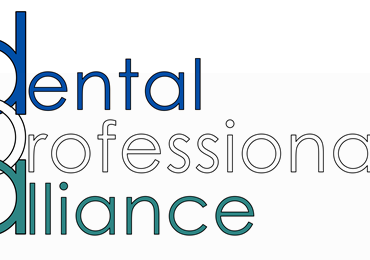A view from the Chair: welcoming our new Chief Executive and getting on with delivering our priorities
I was very pleased to welcome Tom Whiting as the GDC’s new Chief Executive and Registrar at the beginning of the month. He has a full programme in place to meet key partners and stakeholders and he will of course be at the Council meeting on 21 June. Tom has joined at a very opportune time as there is no slowing down of the GDC’s priorities, and much thinking underway about the next corporate strategy which we will consult on next year.
Provisional registration and the impact of the general election
We have responded to the government’s consultation on provisional registration. As I have said previously, there is no quick solution to provisional registration. When the consultation has been analysed, it requires legislation to be laid and new systems to be designed, before anything can change.
Now that a general election has been called, that process may be subject to the decisions of any new government, who might choose to take a different approach both on this specific issue and on their policies in relation to dentistry more generally. Nevertheless, we will continue to think about how this might be taken forward while waiting for confirmation of the way ahead.
But otherwise the work of the GDC will continue as usual, unaffected by the election – but we stand ready as ever to work with whoever is the government on opportunities for improving dental regulation.
Annual renewal and working pattern data for dental care professionals
One of our biggest priorities is the annual renewal period for around 70,000 dental care professionals which starts on 10 June until 31 July. We’re inviting everyone to answer a working patterns survey if they choose to do so, much like the dentists did towards the end of last year. You can log onto eGDC and update your CPD statement at any time.
Our analysis of the dentists’ working patterns data has continued and we recently released additional location-based information on the proportion of dentists who are providing NHS care, private care or both, and how much time they spent working in clinical or non-clinical roles. In line with our previous commitment, this provides the dental sector with a greater understanding of the current state of the UK dental workforce.
Registration and fitness to practise performance for 2023
Last week, we released data from 2023 regarding the composition of the register of dental professionals and activity in fitness to practise.
The registration data contributes to the picture of the dental workforce, and 2023 was a big year too, where we processed 11,476 registration applications from the UK and overseas, a significant increase from the previous peak of 8,979 applications in 2015. Increasing the capacity of some of our registration teams, particularly to process overseas applications, was a factor in this performance.
While there is much more to do to reduce the stress of the fitness to practise process and time taken to resolve cases, it is positive that the proportion of cases closed without further action rose to 35% in 2023, up from 26% in 2022, indicating more concerns were resolved early without the need for formal proceedings.
Our commitment to being an inclusive regulator
Both reports include demographic data on dental professionals on the register and in fitness to practise. This is important because equality, diversity and inclusion (EDI) is at the centre of our objective of public protection and is relevant to patients and professionals alike.
Patients need safe and effective care and to be treated with respect and dignity. Dental professionals need to be equipped to provide this patient-centred care, and to work in an environment in which they are respected and treated fairly by employers, colleagues and patients.
The EDI strategy for 2024 – 2025 that we published last week explains our priorities and that we have a significant role in promoting EDI and identifying and tackling discrimination and inequality through our regulatory functions and as an employer.
 eGDC
eGDC














